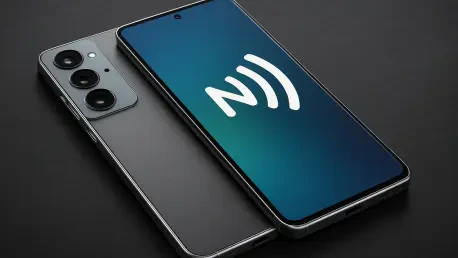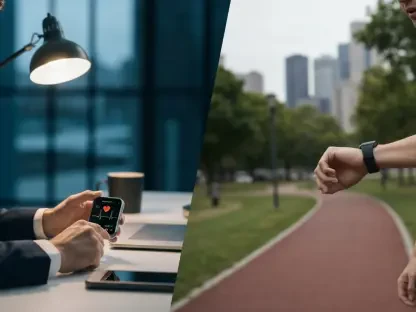Imagine fumbling at a crowded checkout counter, struggling to position a smartphone just right for a tap-to-pay transaction, only for the payment terminal to repeatedly fail to register the device, leaving you frustrated and embarrassed. This frustrating scenario is all too common for many users of current Galaxy models, where the NFC (Near Field Communication) antenna sits on the back of the phone, often leading to awkward angles and inconsistent connections. A rumored design update for Samsung’s upcoming Galaxy S26 could change this narrative entirely. Reports suggest that the tech giant plans to relocate the NFC antenna to the top edge of the device, a subtle yet potentially transformative tweak aimed at streamlining mobile payments. This adjustment promises to tackle a persistent pain point, making everyday transactions smoother for millions who rely on their phones for everything from buying coffee to boarding public transit. As anticipation builds, this small hardware change might just redefine how users interact with payment systems.
Enhancing User Experience with Strategic Design
The core idea behind moving the NFC antenna to the top of the Galaxy S26 is to enhance accessibility and reliability during contactless transactions. With the current placement on the back of most smartphones, users often need to twist or tilt their devices awkwardly to align with payment terminals, especially in tight spaces or when terminals are mounted at odd angles. This redesign aims to simplify the process by positioning the antenna where it can more naturally align with readers when the phone is held upright. Such a change could significantly reduce failed attempts and speed up interactions, benefiting users of Samsung Pay, Google Wallet, and even transit card systems. Beyond payments, this tweak might also improve other NFC-based functions, like quick check-ins or data sharing, by making the connection point more intuitive. If successful, this adjustment could turn a minor annoyance into a seamless part of daily life, showcasing how thoughtful hardware refinements can elevate overall functionality without altering a device’s core aesthetic.
Setting a New Standard for Smartphone Innovation
Looking at the broader implications, Samsung’s rumored NFC redesign in the Galaxy S26 could inspire a ripple effect across the smartphone industry. Should this change prove popular, other manufacturers might follow suit, rethinking how they integrate contactless technology into their devices to prioritize user convenience. This move reflects a growing trend among tech companies to focus on small, impactful updates that address real-world frustrations rather than just chasing flashy features. The potential for this redesign to become a benchmark lies in its simplicity and practicality, proving that even minor adjustments can have outsized effects on user satisfaction. While details about the Galaxy S26’s final design remain under wraps, the excitement around this update has already sparked discussions about the future of mobile interactions. As Samsung refined this concept in past development stages, it was clear that the focus had been on creating a more intuitive experience, setting a precedent for how smartphones could evolve to better serve everyday needs.









